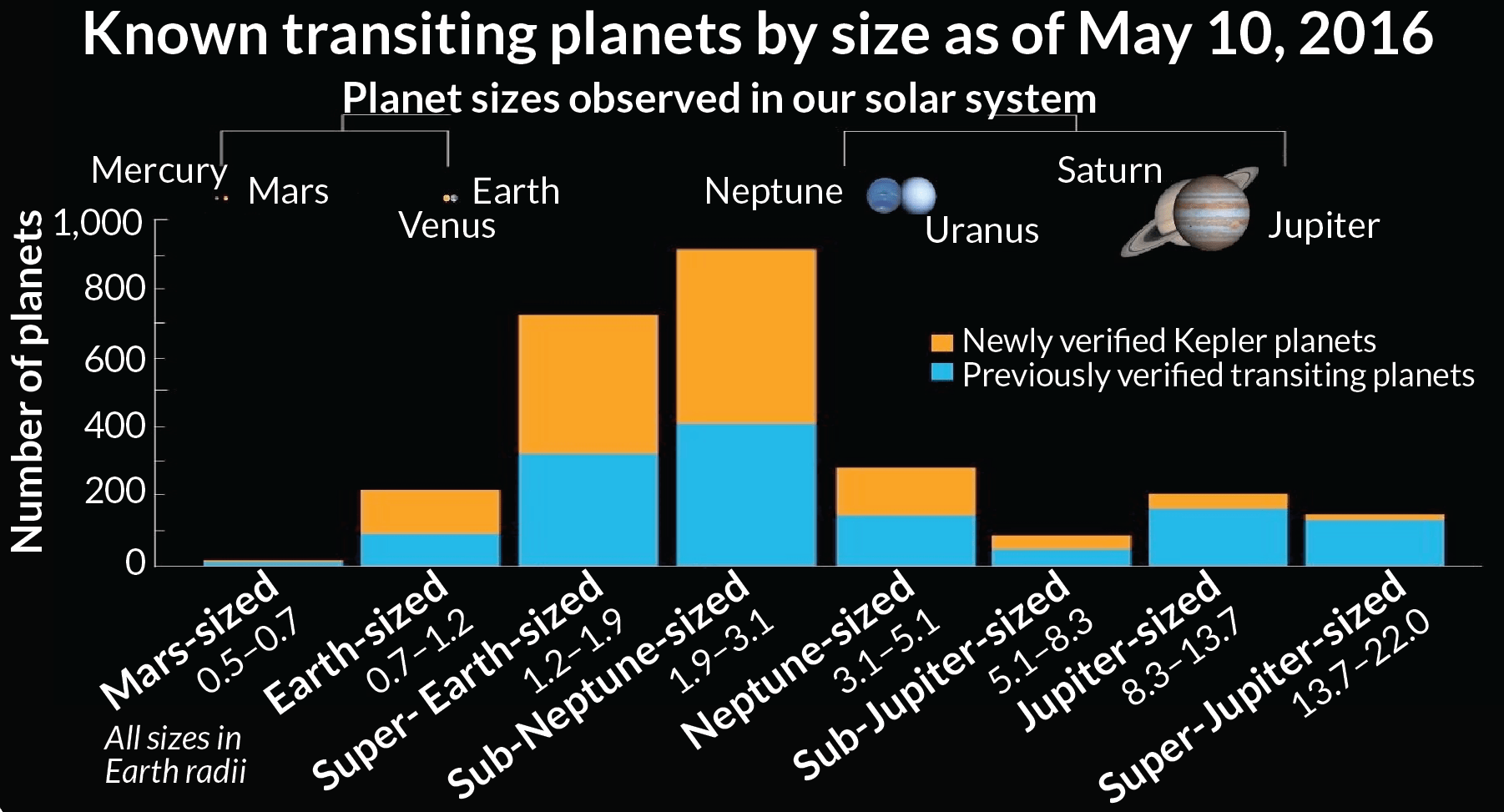

These pressures are accessible by planar shock and ramp-loading experiments at large laser facilities. The central pressure in CoRoT-7b is probably close to 0.8 TPa, though may be up to 2 TPa.

(LLNL), Livermore, CA (United States) Sponsoring Org.: USDOE National Nuclear Security Administration (NNSA) National Science Foundation (NSF) Princeton Center for Complex Materials (PCCM) OSTI Identifier: 1888106 Report Number(s): LLNL-JRNL-839899 Journal ID: ISSN 2041-1723 1036764 Grant/Contract Number: AC52-07NA27344 NA0001944 NA0003611 EAR-1644614 DRM-2011750 Resource Type: Accepted Manuscript Journal Name: Nature Communications Additional Journal Information: Journal Volume: 13 Journal Issue: 1 Journal ID: ISSN 2041-1723 Publisher: Nature Publishing Group Country of Publication: United States Language: English Subject: 71 CLASSICAL AND QUANTUM MECHANICS, GENERAL = TPa. Publication Date: Research Org.: Lawrence Livermore National Lab.
DENSITY OF EXOPLANETS DISCOVERED AT RA 290 CODE
^ Kawashima, Yui Min, Michiel (26 October 2021), "Implementation of disequilibrium chemistry to spectral retrieval code ARCiS and application to 16 exoplanet transmission spectra", Astronomy & Astrophysics, 656: A90, arXiv: 2110.13443, doi: 10.1051/0004-6361/202141548, S2CID 239885551."Webb Telescope Sees a Carbon Dioxide Atmosphere Way Out There - WASP-39b, a distant world with a mass equivalent to Saturn's, is the first exoplanet known to harbor the gas".

^ a b Overbye, Dennis (26 August 2022)."NASA's Webb Detects Carbon Dioxide in Exoplanet Atmosphere". ^ a b c d Adkins, Jamie (25 August 2022).^ "NASA finds a large amount of water in an exoplanet's atmosphere"."The Complete Transmission Spectrum of WASP-39b with a Precise Water Constraint". ^ a b c d e f g h i j "Planet WASP-39 b"."NASA Finds a Large Amount of Water in an Exoplanet's Atmosphere". ^ a b c d e f Cofield, Calla Jenkins, Ann Villard, Ray (1 March 2018).The spectral signature of water, carbon dioxide, sodium and sulfur dioxide were also detected. Planetary transmission spectra taken in 2022 has indicated the atmosphere of WASP-39b is partially cloudy, and planet C/O ratio appears to be subsolar. WASP-39b is the first exoplanet in which carbon dioxide has been detected. Sulfur dioxide was observed in this planet's atmosphere for the first time, or indeed of any planet outside of the Solar System, indicating the existence of photochemical processes in the atmosphere. WASP-39b is one of the James Webb Space Telescope's early release science targets. High-fidelity spectra obtained by the James Webb Space Telescope in 2022 did not confirm a disequilibrium chemistry. The atmospheric transmission spectra, taken by different instruments, were inconsistent as in 2021, possibly indicating a disequilibrium atmospheric chemistry. Hot water molecules were found in the atmosphere of WASP-39b in a 2018 study. WASP-39b's atmospheric transmission spectrum captured by Webb’s Near-Infrared Spectrograph (NIRSpec) reveals first clear evidence for carbon dioxide in a planet outside the Solar System.


 0 kommentar(er)
0 kommentar(er)
